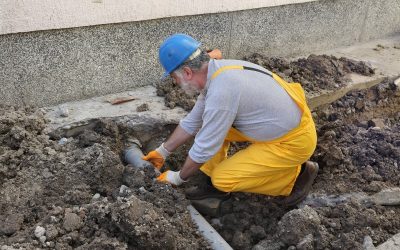Aerobic treatment systems differ from traditional septic tanks in that they use an aerobic process rather than anaerobic for breaking down waste. This means simply that they do not require air. They are typically found in the country in places where there is no access to public sewers, and can be shared between several households or installed individually.
The fact that the water produced as a byproduct can be used for surface irrigation makes them ideal for rural settings, even on small pieces of land. An Aerobic Septic Tank such as those available at website domain requires a leach field only half the size of that needed for anaerobic sewage treatment. Some people even recycle the water through sprinklers to irrigate lawns or other non-edible crops. The water produced using this system is relatively odorless when compared to traditional septic. If everything is kept in good working order, you may notice a musty smell, but it will not smell like sewage. It’s so effective that this method is even used for removing the unpleasant smell from farm manure.
There are several types of aerobic treatment systems, but despite their differences in design they all work in basically the same way. In the pre-treatment stage of processing, solid waste and other unwanted substances are removed from the waste-water, leaving only liquid. The second stage is the aeration stage, which is primarily where these systems differ from anaerobic processes. During the aeration stage bacteria digest the biological waste, using the oxygen characteristic of this process to facilitate digestion. During the settling stage, any remaining undigested solid waste is allowed to settle to the bottom. This sludge must periodically be removed from your Aerobic Septic Tank as a key part of regular maintenance.
The last stage is optional and only needs to be performed if the water is intended for reuse. During this disinfecting stage, chlorine or other chemical disinfectants are added to the treated water. Chlorine is the most common chemical used for this process, as in its unstable form it breaks down quickly in sunlight. This ensures that it will not damage plants in the leach field.

